“Mirror of Composition†–also has memorial verses as its text; and the rules are frequently illustrated by the same examples as those employed in the earlier work. Both works are held in high esteem; but that Viswanatha –the more recent and the more copious of the two-is generally admitted as the standard generally admitted as the standard of taste among the learned Hindus. Of life etymology of the term Sahitya two explanations are offered. According to the one, it is derived from hita ‘benefit’ and saha ‘with,’ because knowledge of it is beneficial in all departments of literature. The other, with lens appearance of reason, explains it as denoting the sum total of the various sections of which the system itself is made up. The term Rhetoric as employed to denote the subject of a treatise of this description, is liable –according to our view of the division and denomination of the sciences, to an objection the converse of that to which we hold the term Logic lible; when employed to denote the all-embracing sphere of the Nyaya philosophy. In the Sahitya we have but a part and the least important part of what, according to Aristotle,* belongs to Rhetoric. In order to attain its specific end of convincing or persuading –between which we agree with Mr. Smart in thinking that there is more of a distinction than a difference –Rhetoric does not hesitate to avail itself of the grease of language which gratify the taste; but in the Sahitya, “taste†(rasa) is all in all. The difference between the political history of India and that of Greece or Rome so obviously suggests the reasons why eloquence, in the two cases, prosed to itself ends thus different, that allude it in passing.

The Mirror of Composition
In stock
Free & Quick Delivery Worldwide
reviews
Bibliographic information
Title
The Mirror of Composition
Author
Edition
1st ed.
Publisher
Length
xvii+444p., 23cm.
Subjects

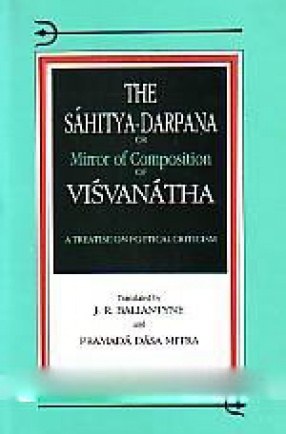
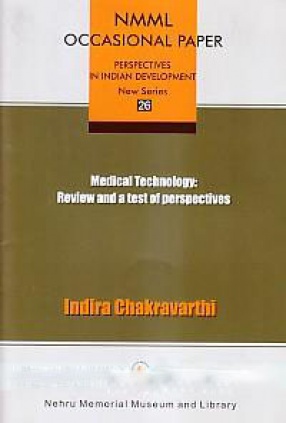
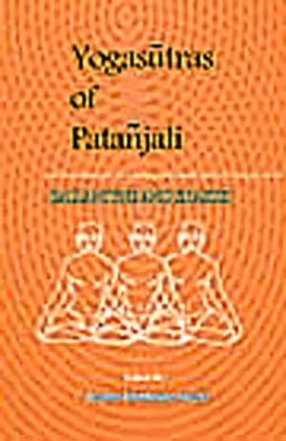
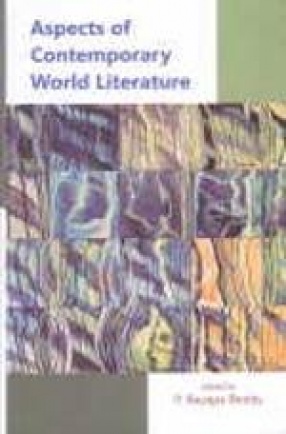
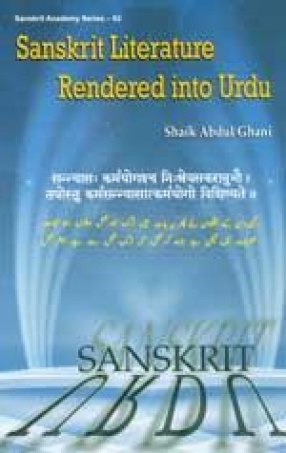

There are no reviews yet.